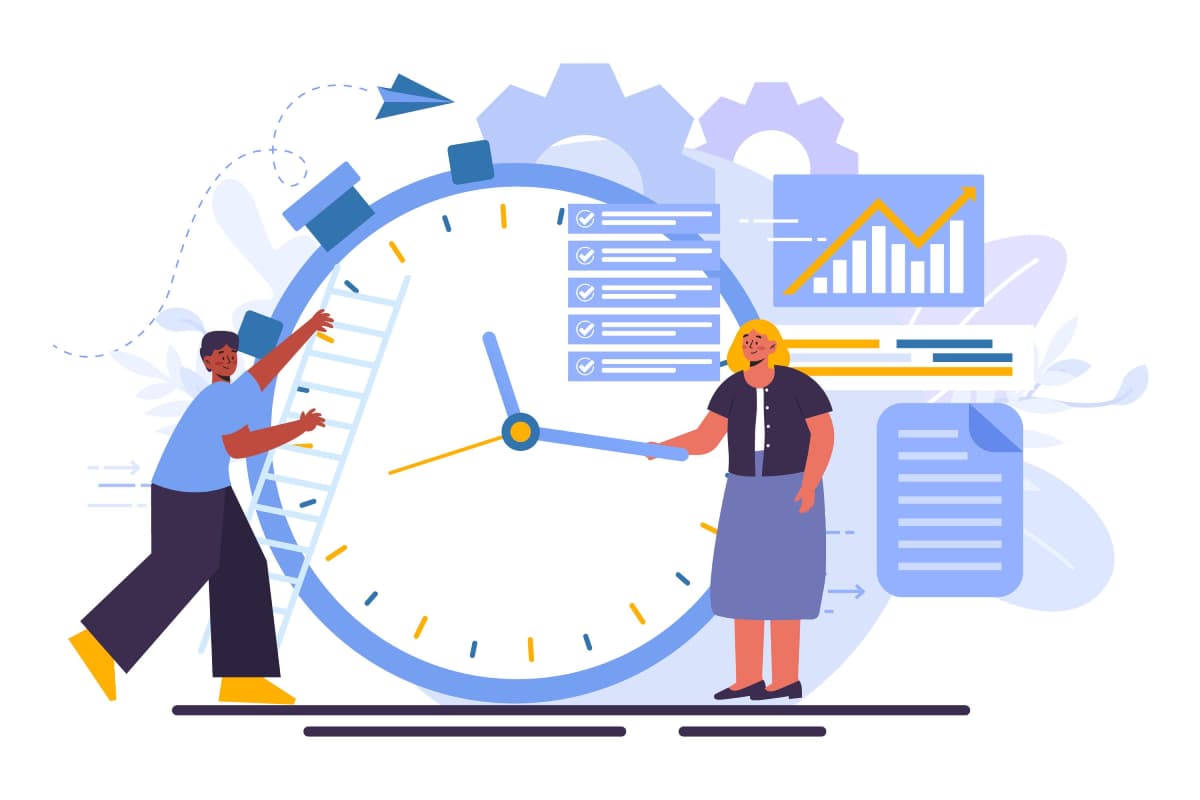
What are the International Labour Organisation’s best practices for effective workforce management?
The benefits of organising working time and a reduction of the number of working hours have yet again been confirmed by a study carried out by the International Labour Organisation (ILO). The implementation of an innovative and proactive policy stands to benefit the employee and the company alike.
The public health crisis both accelerated and transformed company organisation practices around the globe. Within a matter of just a few weeks, many organisations adopted teleworking or rearranged their employees’ working time.

‘Allowing greater flexibility can very well prove positive’
Born out of necessity, these new working time policies have finally been proved to be beneficial for those companies and organisations that kept these schemes in place afterwards. This is underscored in a report that was published in January by the International Labour Organisation, entitled ‘Working time and work-life balance around the world’.
‘The measures put in place during the COVID-19 crisis provided fresh evidence that giving employees greater flexibility in terms of the place and the time where and when they perform their duties, can very well prove a positive thing both for the employees themselves and for the companies, by delivering better performance for instance.’

The boons of flexibility pointed up in this new report
In doing so, the ILO – a United Nations organisation - demonstrates the benefits of these schemes. To arrive at this conclusion, the ILO undertook an in-depth analysis of data from multiple countries.
This being the case, the report shows that the number of hours people work around the world continues to be unequally divided, even after the pandemic, with some people working long hours (more than 48 hours a week) and others working short hours (fewer than 35 hours).
In Europe, workers sooner put in an average of 35 to 38 hours a week, with a substantial number of people working part-time, ‘a mechanism that enables workers to have a good work-life balance and which results in improved productivity’.
From simple time and attendance systems to detailed task and activity management reporting, SD Worx make your team’s time more valuable.

‘Flexible working hours to suit ‘employees’ personal needs’
The ILO also examined the various ways in which working hours were used. The report shows that where organisations operate on a traditional basis in terms of weekly working days and working hours – which comes with a degree of stability –, this format is felt to be somewhat ‘too rigid’.
And it reveals that ‘flexible working hours enable workers to organise their own working time to suit their personal needs’. In fact, flexible working schemes are most widely used in Northern Europe (55.1%).

A ‘win-win’ approach that needs to be properly regulated
However, the International Labour Organisation warns that ‘this flexibility may come with drawbacks such as gender imbalances and greater health risks’. Finally, the organisation also highlights the need to make sure teleworking and hybrid working schemes are appropriately structured, regulated and supervised.
Where these schemes continue to help safeguard jobs and facilitate employees’ autonomy, ‘they require a set of rules and regulations that limit their potential negative impact as well ensure workers’ right to disconnect’.
Moreover, provided all conditions are met, the ILO finds that implementing a flexibility strategy is a ‘win-win’ asset for employees and companies alike.


